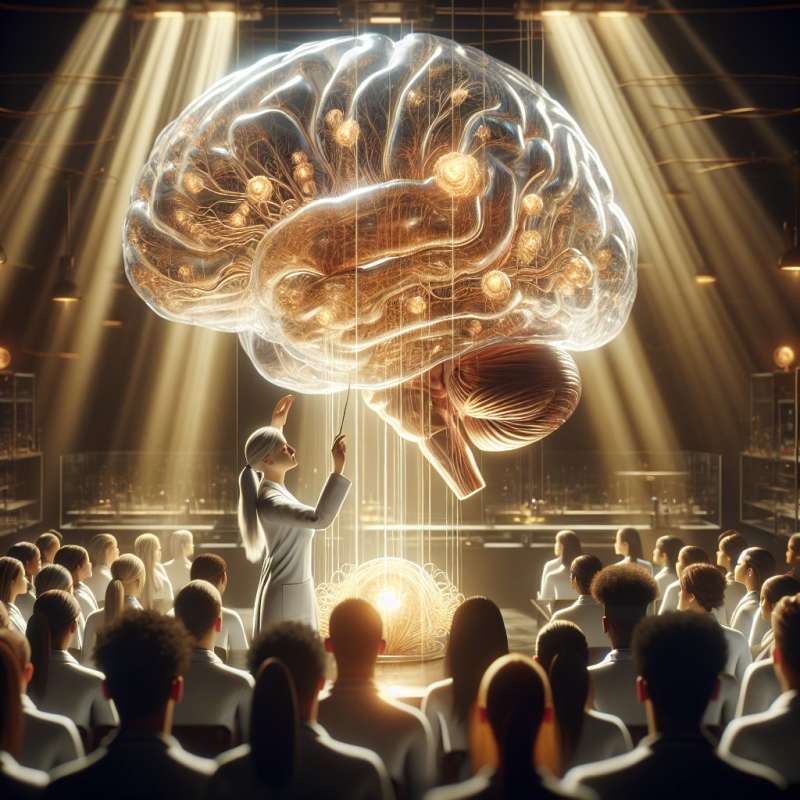
Defining the Somatic System
The somatic nervous system is responsible for voluntary muscle movements. It connects your brain to sensory receptors and controls skeletal muscles, facilitating conscious movement and sensory information processing.
Somatic vs. Autonomic Systems
Unlike the autonomic nervous system, which manages involuntary functions like heart rate, the somatic system requires conscious thought and intention to operate muscles and respond to sensations.
Neurotransmitters in Action
Acetylcholine is the primary neurotransmitter for somatic nervous system functions. It transmits signals from motor neurons to muscle fibers, triggering contractions and facilitating movement.
Reflex Arcs Revealed
Reflex arcs bypass the brain for faster responses. They are simple somatic pathways that provide rapid, unconscious reactions to certain stimuli, like pulling your hand away from a hot surface.
Motor Pathways Complexity
Motor neuron pathways are intricate, with upper motor neurons in the brain initiating movement and lower motor neurons in the spinal cord relaying commands to muscles.
Somatic Sensory Integration
Somatic sensory neurons gather information from touch, pain, and temperature receptors, relaying it to the brain where it is integrated and processed to inform behavioral responses.
Repair and Plasticity
Surprisingly, somatic nerves can repair themselves if the damage is not severe. This neuroplasticity allows for the regrowth of nerve fibers and the potential restoration of functions.
What does the somatic system control?
Involuntary heart rate
Voluntary muscle movements
Digestive processes
Company